Optimal Timing for Smoke Alarm Installations
Understanding the optimal timing for smoke alarm assemblies is essential for ensuring safety and compliance. Regular inspections and maintenance are recommended to maintain proper functionality, especially in environments with frequent changes or renovations.
Perform smoke alarm assemblies during scheduled safety inspections to ensure all units are operational and compliant with regulations.
Conduct assemblies after installing new smoke alarms or replacing existing units to verify proper setup and functionality.
Schedule assemblies prior to renovations to ensure alarms are functioning correctly and to address any needed upgrades.
Arrange assemblies if there are indications of malfunction or after a fire incident to confirm alarms are operational.

Visual check of smoke alarm assemblies for damage or dust accumulation.
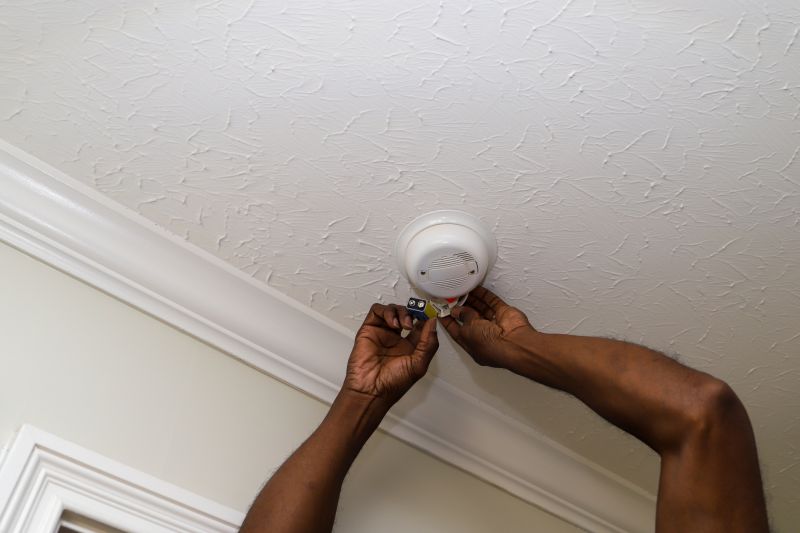
Replacing batteries during scheduled assemblies to ensure continuous operation.

Functionality testing of smoke alarm assemblies to verify proper operation.
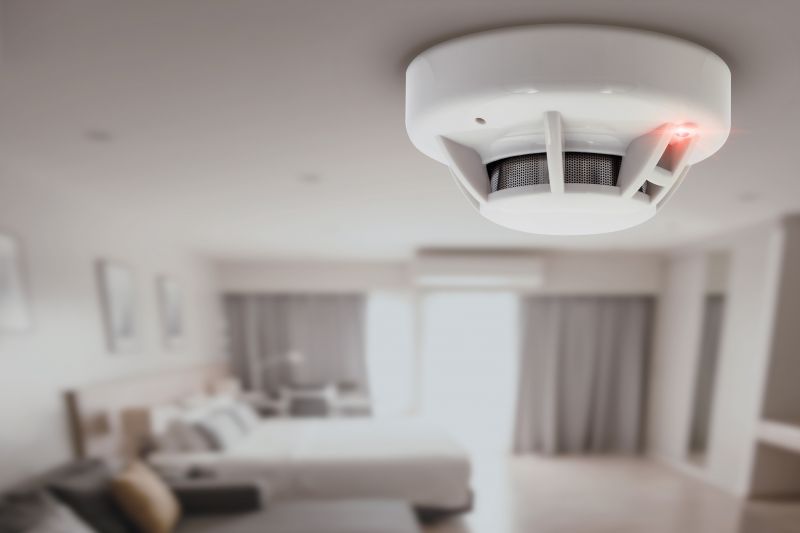
Ways to make Smoke Alarm Assemblies work in tight or awkward layouts.
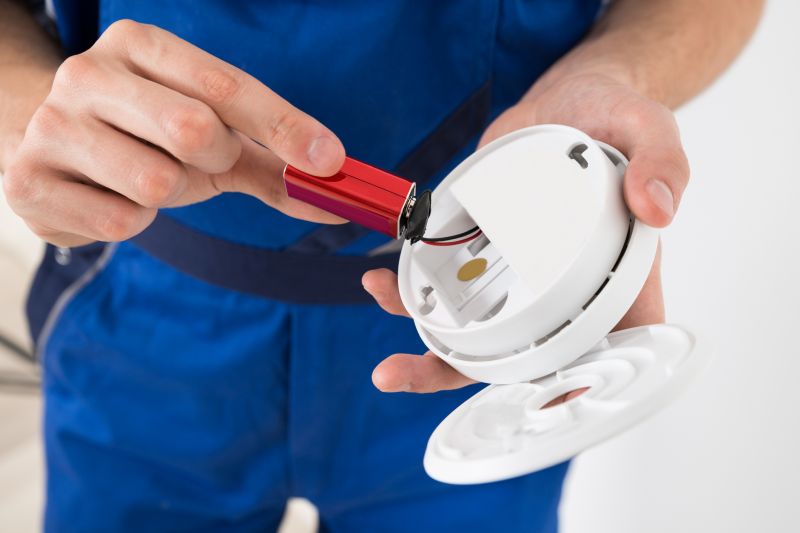
Popular materials for Smoke Alarm Assemblies and why they hold up over time.

Simple add-ons that improve Smoke Alarm Assemblies without blowing the budget.
Smoke alarm assemblies are critical components of fire safety systems, providing early warning in case of smoke or fire. They typically include sensors, wiring, and mounting hardware, all designed to work together to detect smoke particles and alert occupants. Proper installation and maintenance of these assemblies are vital for effective fire prevention and response.
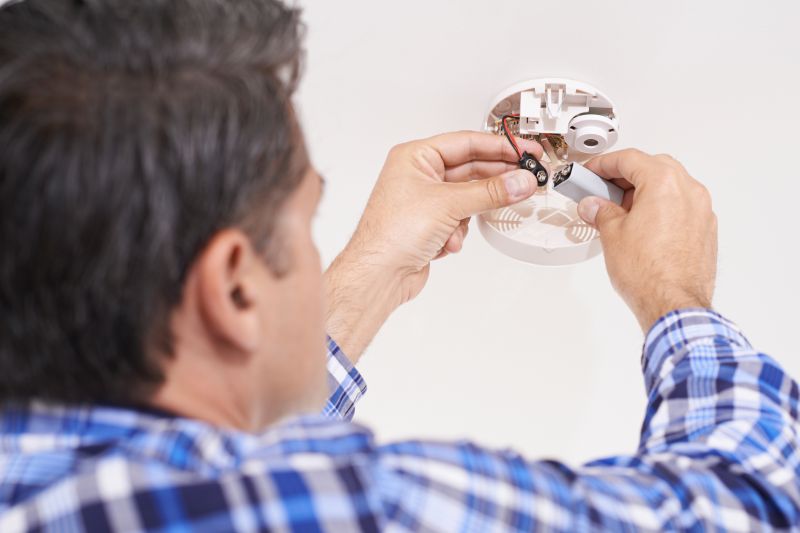
Testing smoke alarms to ensure they sound correctly.
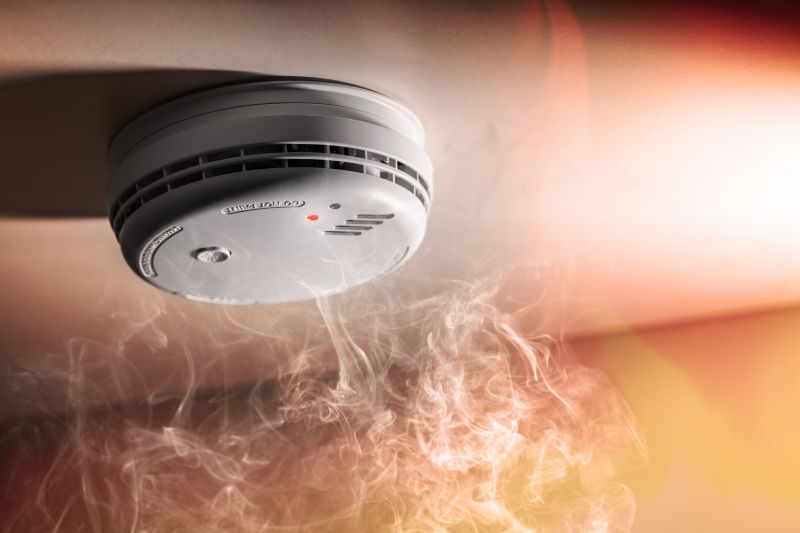
Upgrading sensors for improved detection accuracy.

Inspecting electrical connections for safety and reliability.
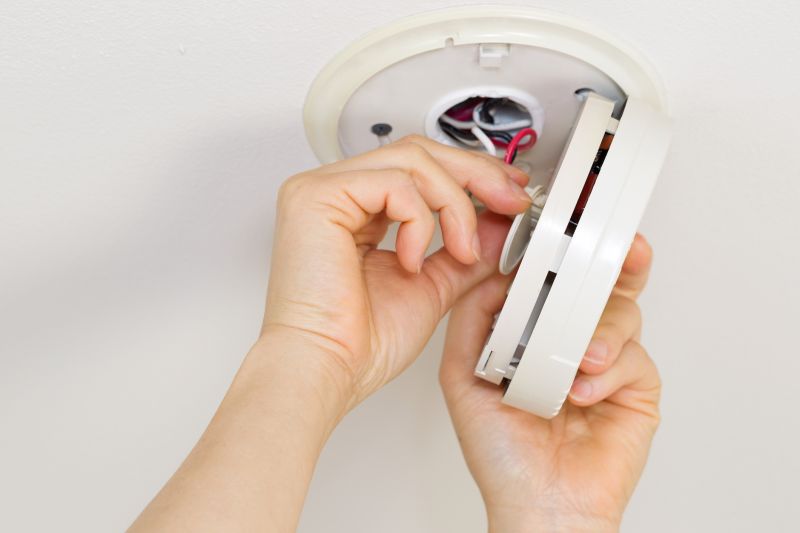
Verifying secure mounting of smoke alarm assemblies.
| Aspect | Details |
|---|---|
| Frequency of Assemblies | Typically recommended annually or after any major electrical work. |
| Legal Requirements | Compliance with local fire safety codes is essential. |
| Environmental Conditions | High humidity or dust can affect alarm performance, requiring more frequent checks. |
| Alarm Lifespan | Most smoke alarms last between 8-10 years, after which replacements are advised. |
| Post-Event Inspection | Following fire incidents, assemblies should be examined for damage or malfunction. |
| Installation Timing | Best performed during property inspections, renovations, or maintenance schedules. |
